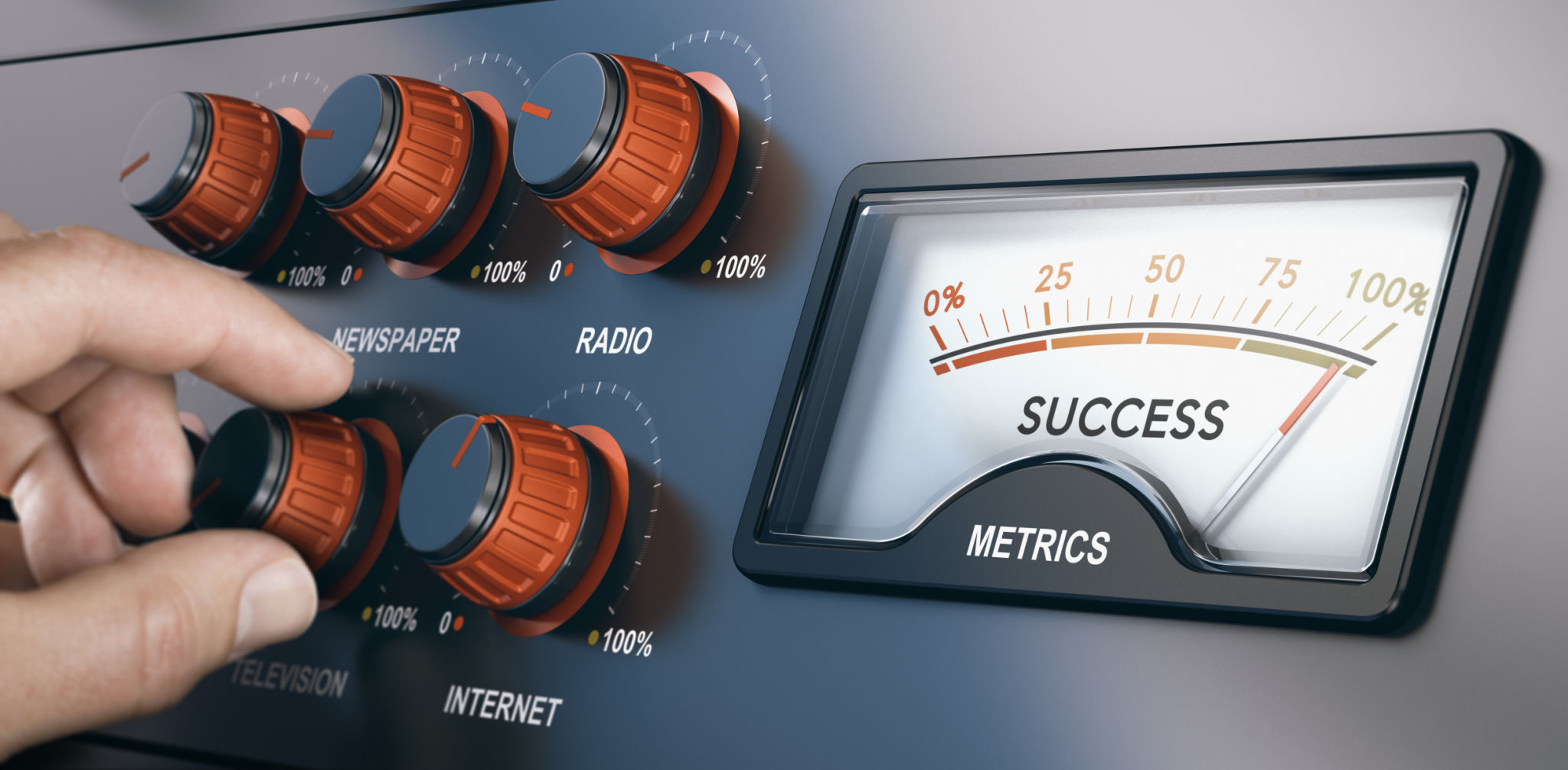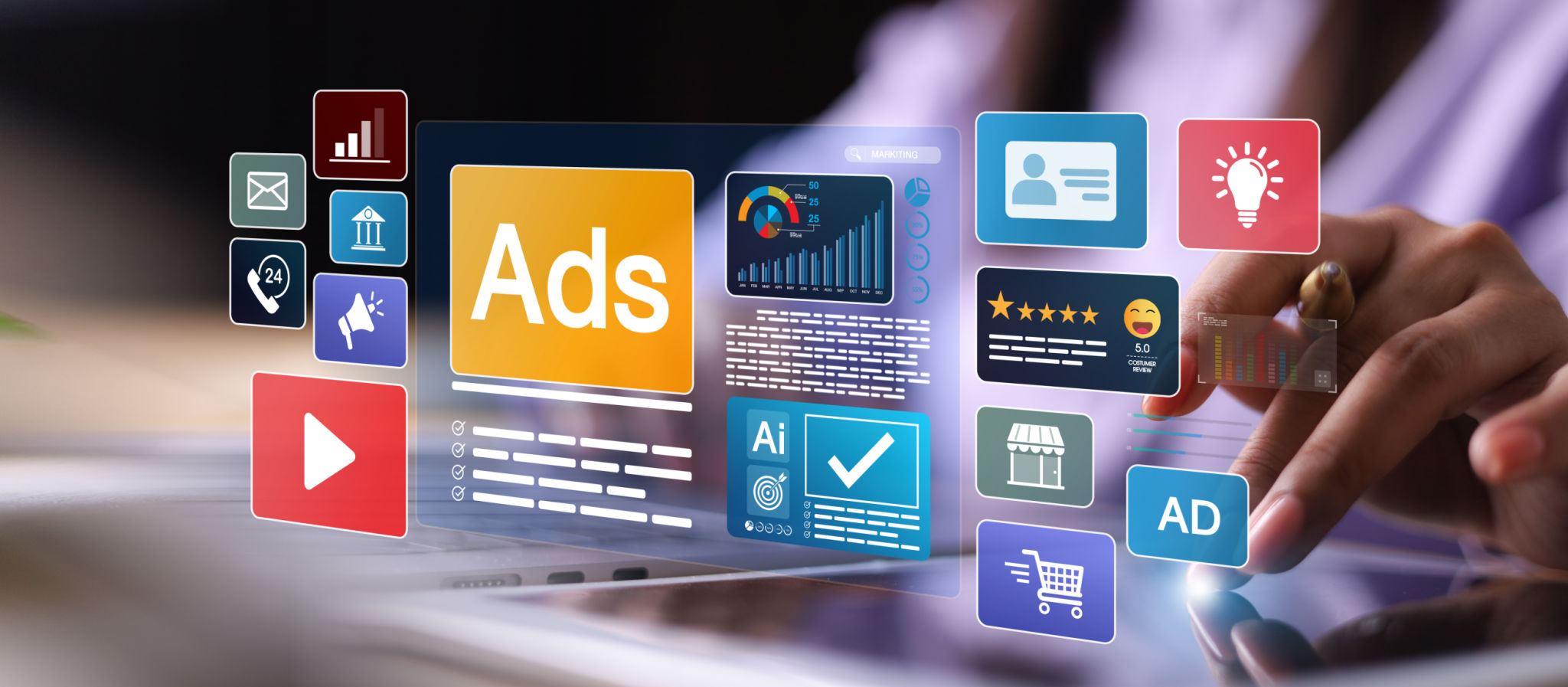Comparing Traditional vs. AI-Powered Branding: Which is Right for You?
Introduction to Branding Approaches
In the ever-evolving world of marketing, branding has remained a core component of business success. With the advent of advanced technologies, businesses now have to choose between traditional and AI-powered branding approaches. But which one is right for you? Understanding the strengths and weaknesses of each can guide your decision-making process.

Traditional Branding
Traditional branding focuses on building a brand image through consistent messaging, storytelling, and emotional connections. It involves techniques like logo design, print advertising, and television commercials. These methods have stood the test of time and are known for their ability to build strong, long-lasting brand identities.
Strengths of Traditional Branding
The key advantage of traditional branding lies in its ability to create a deep emotional bond with the audience. It relies on human intuition and creativity to craft compelling narratives that resonate with consumers. This approach often results in a loyal customer base that identifies strongly with the brand's values.
Challenges of Traditional Branding
Despite its strengths, traditional branding has limitations, particularly in terms of scalability and adaptability. It often requires significant investment and time to execute effectively. Moreover, it can be challenging to measure the direct impact of branding efforts on sales or consumer behavior.

AI-Powered Branding
AI-powered branding leverages artificial intelligence to analyze data, predict trends, and personalize marketing efforts. This approach can include the use of chatbots, personalized content recommendations, and automated social media management. AI helps brands optimize their strategies by providing insights based on consumer behavior and preferences.
Benefits of AI-Powered Branding
The primary advantage of AI-powered branding is its ability to process large amounts of data quickly and accurately. This enables brands to tailor their marketing efforts to individual consumers, enhancing customer experience and increasing engagement rates. Furthermore, AI tools can automate repetitive tasks, freeing up resources for more strategic initiatives.
Limitations of AI-Powered Branding
However, AI-powered branding is not without its challenges. It often requires access to high-quality data and sophisticated algorithms to be effective. Additionally, there is a risk of losing the human touch that is integral to building emotional connections with consumers. Brands must strike a balance between technology and human creativity.

Choosing the Right Approach for Your Business
When deciding between traditional and AI-powered branding, consider factors such as your budget, target audience, and business goals. A blend of both approaches might be the most effective strategy for many businesses. By combining the emotional appeal of traditional methods with the precision of AI, brands can achieve a comprehensive and impactful presence in the market.
Ultimately, the choice between traditional and AI-powered branding depends on your unique business needs and objectives. By understanding the benefits and limitations of each approach, you can make an informed decision that aligns with your brand's vision and enhances its market position.

